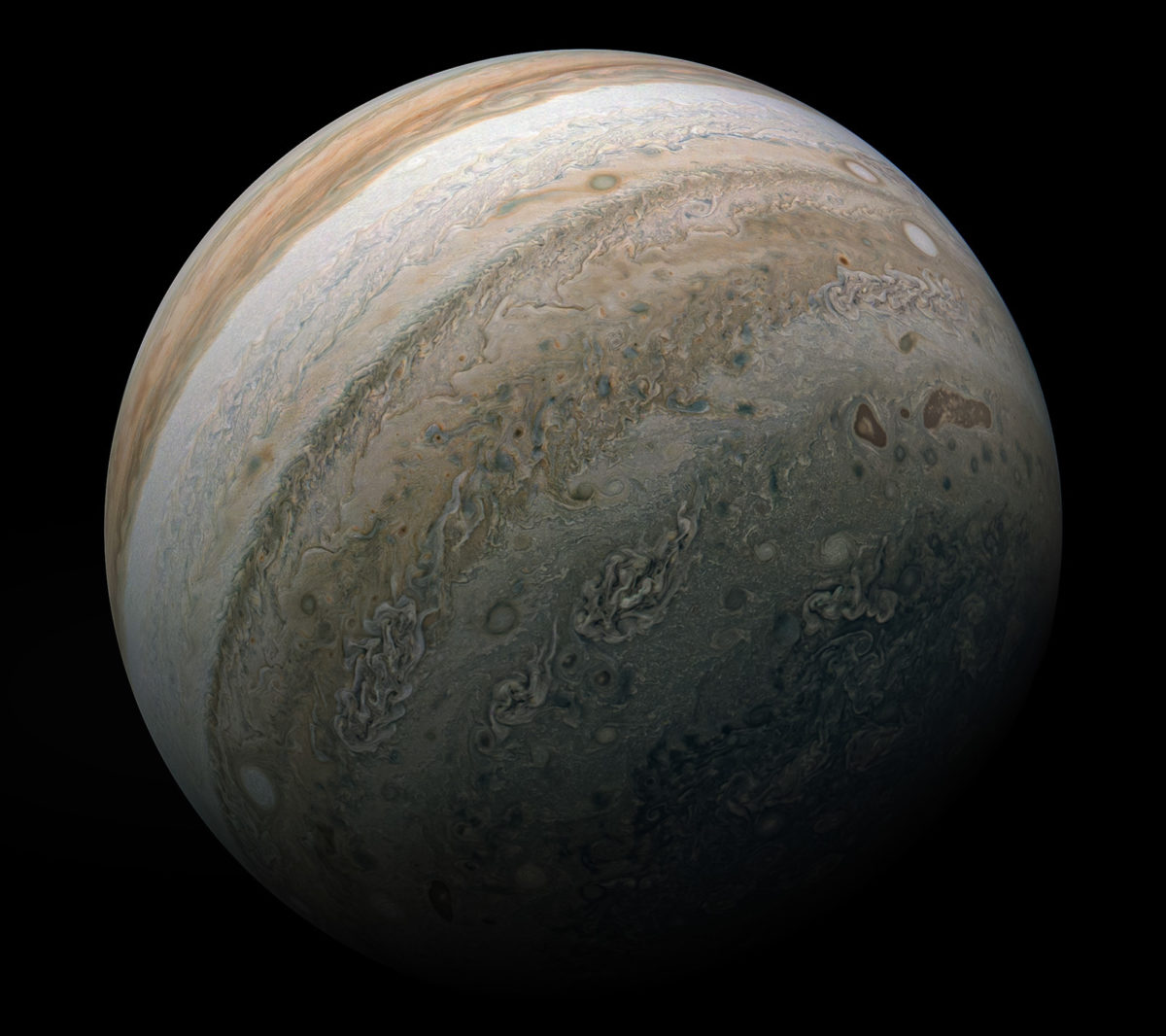The Downlink • Aug 07, 2020
Jupiter from near and far, and two humans return to Earth
You love space, now take action
This weekly newsletter is your toolkit to learn more about space, share information with your friends and family, and take direct action to support exploration. Anyone can subscribe at planetary.org/connect to receive it as a weekly email.
Mission Briefings
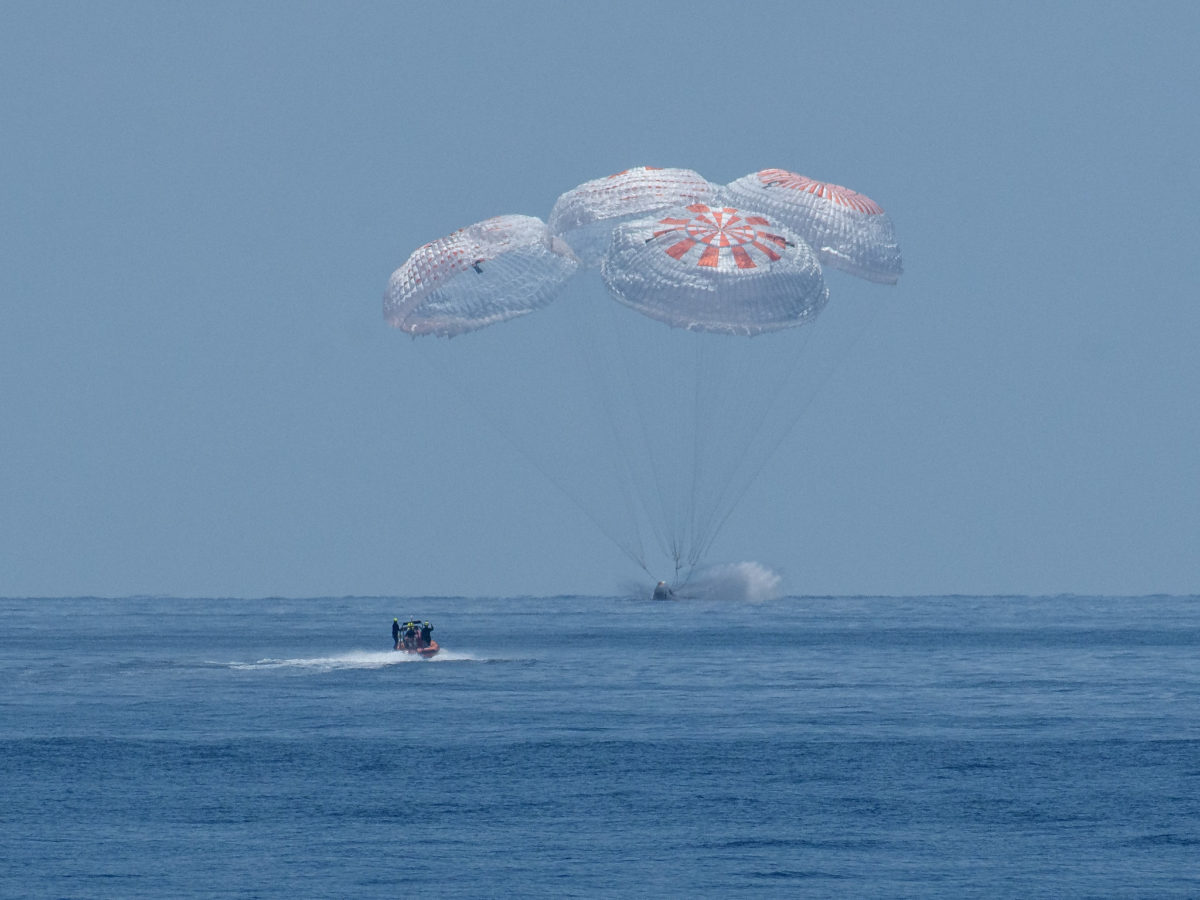

NASA astronauts Bob Behnken and Doug Hurley safely returned to Earth aboard a SpaceX Crew Dragon, concluding the first crewed test flight of NASA's Commercial Crew program. The astronauts launched on 30 May and spent just over 2 months aboard the International Space Station (ISS). Next up: 4 astronauts are scheduled to fly to the ISS in September for the program’s first operational mission.

The early inner solar system was a violent place, as chunks of leftover planet-forming material slammed into the Earth and the Moon. New data from China’s Yutu-2 rover on the far side of the Moon has found more evidence of that, using its subsurface radar to detect multiple layers of rock formed from impacts between 3.9 billion and 3.2 billion years ago. Missions to the Moon help us piece together our origin story.

Ever wonder why there aren’t more Earth-like planets in our solar system? Blame Jupiter, a new study says. Without the beautiful gas giant’s gravity pushing everything around, up to 6 planets could have existed in our Sun’s habitable zone—the not-too-hot, not-too-cold region where liquid water can exist on the surface. We already know of one solar system with several habitable-zone planets: TRAPPIST-1.

Mars used to have liquid water on its surface, but does that mean raging rivers, serene lakes, and global oceans? A new study says not necessarily: the water may have been locked underneath giant ice sheets. While that pokes a hole in some of our visions of early Mars, it’s actually good news for possible life, which would have been protected from solar radiation and enjoyed calm conditions under the ice.

NASA’s Lucy spacecraft is still on track to launch in October 2021, despite delays from the ongoing COVID-19 pandemic. The mission completed a critical review that allows scientists and engineers to begin assembling the spacecraft. Lucy will visit 8 asteroids, 7 of which share an orbit with Jupiter.
From The Planetary Society
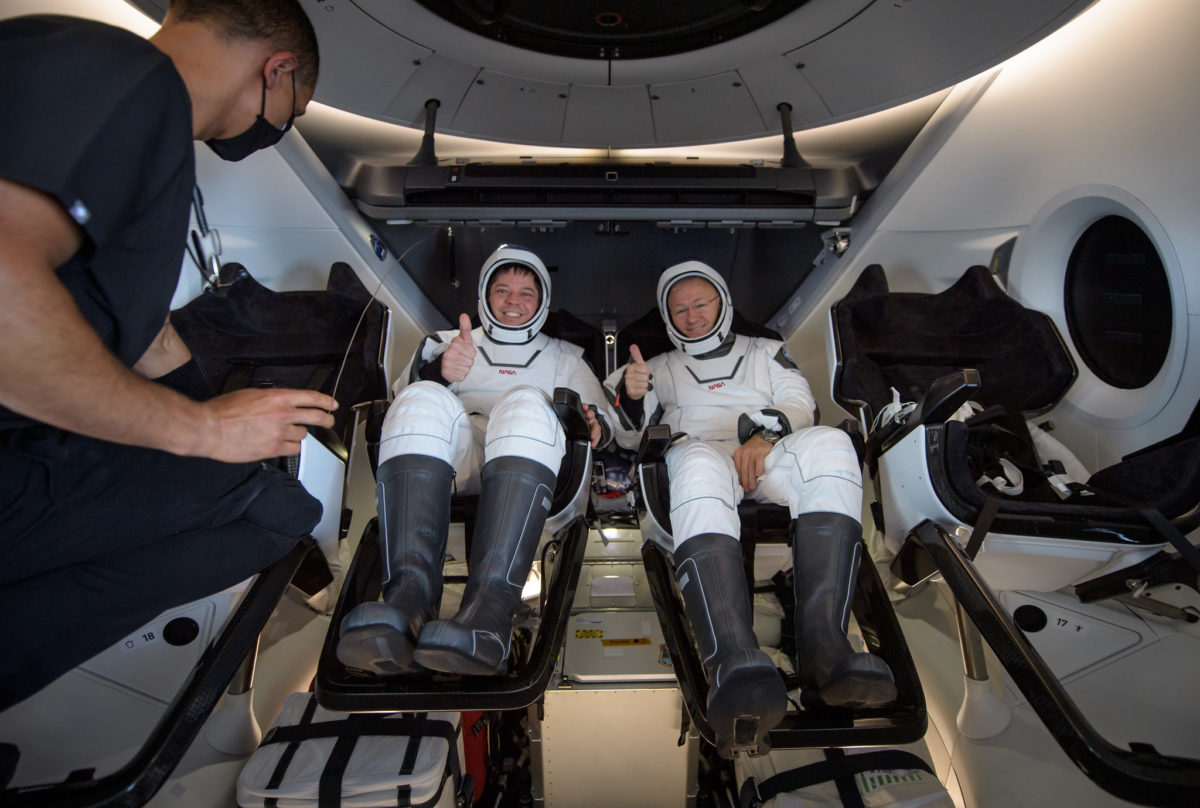

Astronaut and former SpaceX director of space operations Garrett Reisman joins this week’s Planetary Radio to help us celebrate and appreciate the successful completion of the Crew Dragon’s first mission to the International Space Station. Later in the episode, hear from Planetary Society executive director emeritus Lou Friedman about some great stories from his new memoir, Planetary Adventures: From Moscow to Mars. Pictured: NASA astronauts Bob Behnken (left) and Doug Hurley after safely returning to Earth. Image credit: NASA/Bill Ingalls.

The Planetary Society is in the final push of a campaign to raise funds for our political advocacy work. By contributing, you can do your part to help kickstart the most exciting time for space exploration since the Moon landings. A generous Society member who cares deeply about space advocacy will match your gift up to a total of $100,000. With your help, we’ll keep advocating for more missions that matter.
What's Up
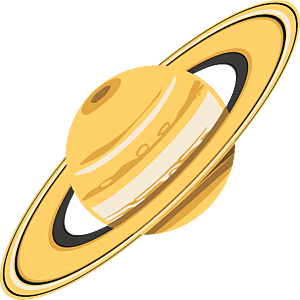
The Perseid meteor shower peaks next week on 11 and 12 August, with increased activity several days before and after. The most meteors will appear after midnight, but it’s worth looking up throughout the night. In the evening western sky, you can still spot bright Jupiter and yellowish Saturn to its left, with Mars rising later in the night. Venus shines bright in the eastern dawn sky.
Join Bill Nye for the Perseverance Rover Landing!

With NASA’s Perseverance rover safely on its way to Mars, all that’s left to do is wait and plan for how to celebrate its landing. For one lucky person, those plans are going to be extra special. We’re partnering with Omaze to send one winner to Los Angeles to join Planetary Society CEO Bill Nye at a highly exclusive event to hear his commentary during Perseverance’s monumental landing on 18 February 2021. Learn more and sign up here! Note: We’re monitoring all travel restrictions and safety recommendations, and we’ll provide updates accordingly.
Wow of the Week
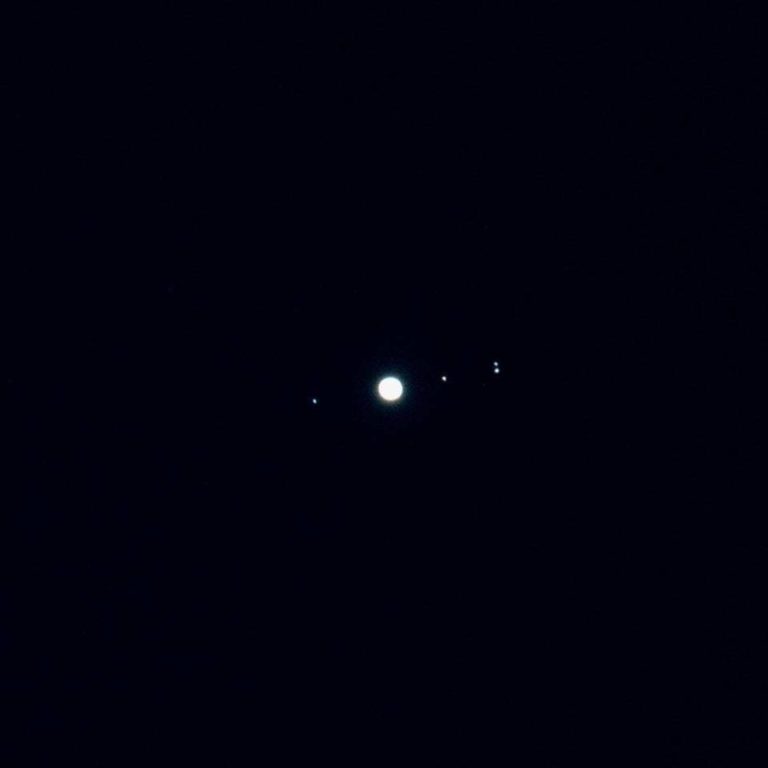
Jupiter is imaged again here, this time from a bit farther away… more than 620 million kilometers (390 million miles) away, in fact. Planetary Society member and photographer Navid Baraty took this image of Jupiter and its major moons using his camera’s 600mm telephoto lens through the window of his Seattle, Washington, apartment. “It was astounding to me that these five dots of light I could see through my camera were entire worlds 400 million miles away,” says Navid. You can find more of his photography work on his Instagram.
Do you have a suggestion for the Wow of the Week? We’re looking for space-related art, music, gadgets, quotes, fashion, burning questions, brief sci-fi passages, or anything else that will make our readers go “Wow!” Send us your idea by replying to any Downlink email or writing to [email protected], and please let us know if you’re a Planetary Society member.


 Explore Worlds
Explore Worlds Find Life
Find Life Defend Earth
Defend Earth


